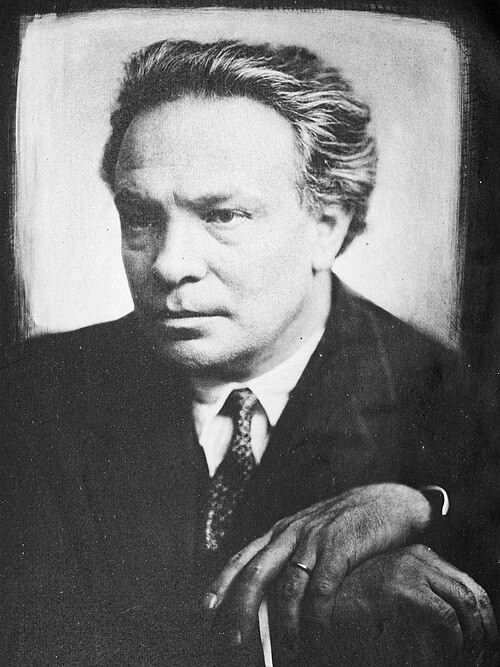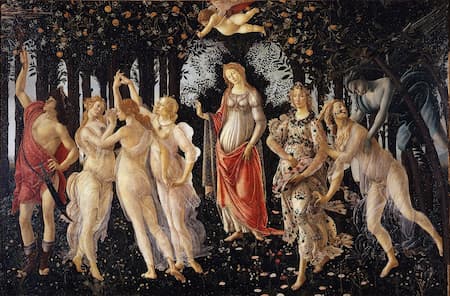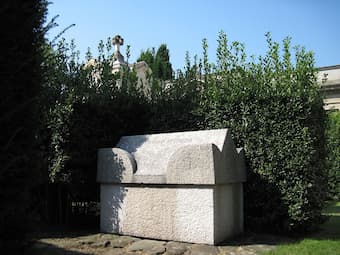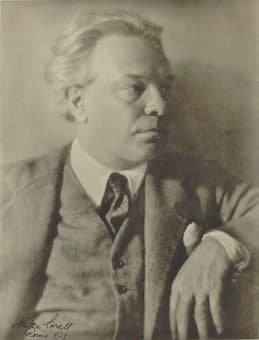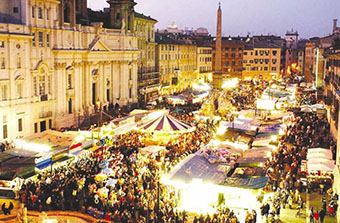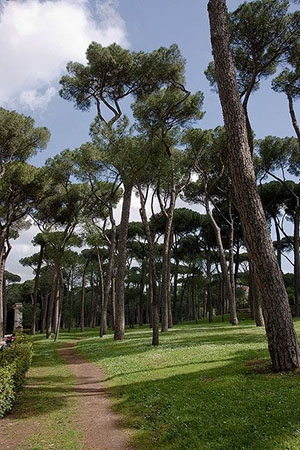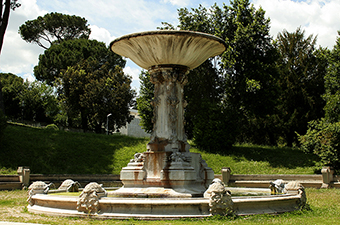Ottorino Respighi, born on 9 July 1879, was an Italian composer whose music captured the soul of Italy with vibrant colours and evocative imagery. Born in Bologna, he studied violin and composition, later drawing inspiration from both his native land
Respighi
Ottorino Respighi: Trittico botticelliano Venus, in the middle, presides over her realm, but as it’s Spring, as we know from the painting’s title, Primavera, the world is a buzz of activity. As we read the painting from right to left,
Born on 9 July in Bologna, Ottorino Respighi’s paternal ancestry originated from Cortemaggiore, a small country town near Piacenza in northern Italy. His grandfather Tommaso was a capable violinist and the founder of the local orchestra. He also worked as
Ottorino Respighi was working on his last opera Lucrezia when he unexpectedly died of congestive heart failure on 18 April 1936. Respighi had not yet reached his 57th birthday, and his wife Elsa suspected that the cause of his early
In his 1928 work Gli uccelli (The Birds), Ottorino Respighi brings us classical European birds, using music from earlier times as his inspiration. The core of the work is a selection from 5 seventeenth- and eighteenth-century composers’ compositions for harpsichord
The last of Ottorino Respighi’s celebrations of Rome looked at its festivals. Feste romane was completed in 1928 and received its premiere under the baton of Toscanini in February 1929. Roman Festivals starts with the ancient history of the Romans
Ottorino Respighi (1879-1936) continued his tour of Rome with his 1924 work Pini di Roma (Pines of Rome). Just as in Fontane di Roma (1916), he looked at the trees in various parts of the city at different times of
Ottorino Respighi (1879-1936) is best known for his works about the city of Rome: The Pines of Rome, Roman Festivals, and, first of all, The Fountains of Rome. Respighi, who came from Bologna, was at first intimidated by the ancient

